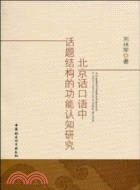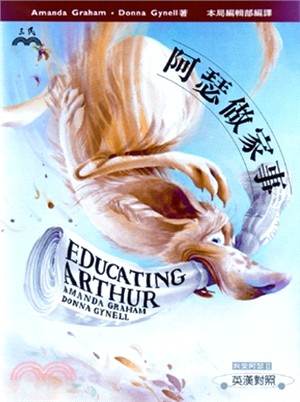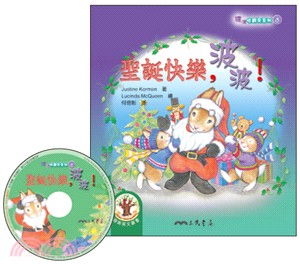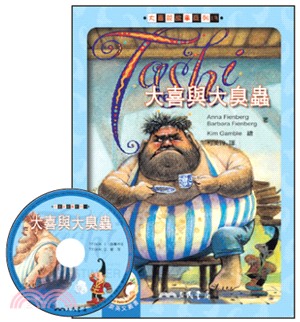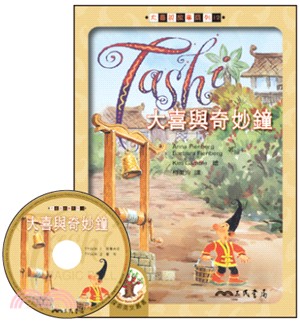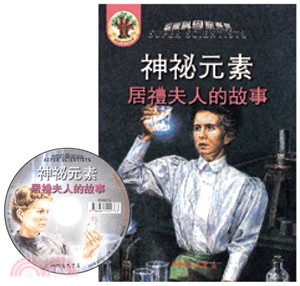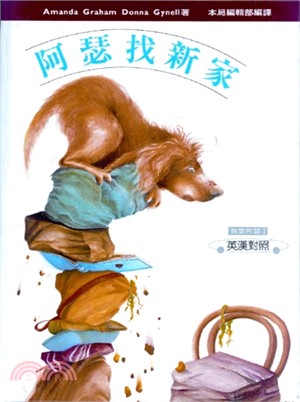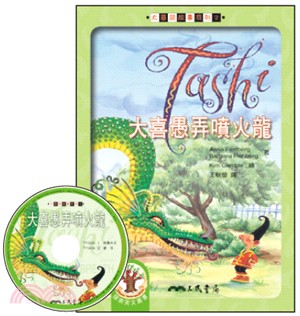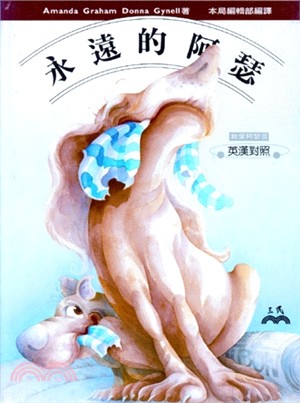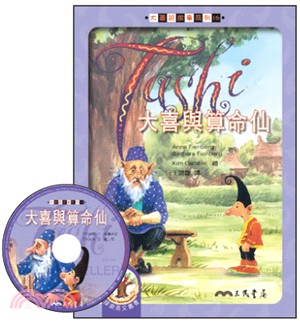商品簡介
作者簡介
目次
相關商品
商品簡介
《北京話口語中話題結構的功能認知研究》采用認知和功能相結合的研究方法,對北京話口語語料進行分析,指出認知參照點模式可以對漢語中的話題做出統一的解釋,實際語言運用中的各式話題結構可視為認知參照點模式的具體實例。本研究重點考察停頓和幾個高頻話題標記在北京話口語中的使用情況,對各自的使用的頻率、語境和功能進行全面而系統的分析。進而,《北京話口語中話題結構的功能認知研究》對漢語話題所構成的認知參照點模式從橫向和縱向兩個方面進行勾勒,指出話題既可以是述題的主觀參照點,也可以是客觀參照點,從而發展了Langacker(1991,1993,1998)把話題作為主觀參照點的理論。
作者簡介
劉林軍,1970年生。 北京語言大學外國語學院副教授、碩士生導師,主要從事語言學與翻譯學的研究。已有譯著及多篇學術論文發表。
目次
List of Abbreviations
List of Tables
List of Figures
Chapter 1 Introduction
1.1 The Issue
1.2 Cognitive Linguistics as an Alternative
1.3 A Corpus Approach
1.4 Monograph Chapters
Chapter 2 Review of Previous Studies on Mandarin Topics and the Cognitive Approach as an Alternative
2.1 Findings on and Controversies over Topic
2.2 A Cognitive Approach to Topic
2.3 Findings in Other Topic-Prominent Languages
Chapter 3 Pauses and Pause Particles as Topic Markers in Mandarin
3.1 Pauses as Topic Markers
3.2 Pause Particles as Topic Markers
3.3 Discourse Use of Pause Particles in Beijing Mandarin
Chapter 4 Methodology of a Corpus Study
4.1 A Coding Property Based Approach to Topic Identification
4.2 Defining Some Grammatical Terms
4.3 Data: The Beijing Corpus
4.4 Corpus Analysis Procedure
4.5 Research Goals
Chapter 5 Pausing and Topic Marking
5.1 Pausing in Nominal Constructions
5.2 Pausing in Double-Subject Constructions
5.3 Pausing in TOP-subject Constructions
5.4 Summary
Chapter 6 High Frequency Topic Markers in Beijing Mandarin
6.1 Pause Particle ne
6.2 Pause Particle ba
6.3 Pause particle a and its phonetic variants
6.4 Pause particle ma
6.5 Lexical topic marker dehua if and laijiang speaking of
6.6 Discussion
6.7 Summary
Chapter 7 A Unified Interpretation of Topic as Conceptual Reference Point
7.1 Reference Points are more than entities
7.2 Reference Points can be multiple
7.3 Schematizing Topic-Comment Constructions
7.4 Summary
Chapter 8 Conclusion
8.1 A Brief Review
8.2 Revisiting the Controversies over Mandarin Topics
8.3 Reference Point as a Conceptual Archetype
8.4 Areas of Further Study
Appendix : Characteristics of Monologues Comprising the Corpus
References
List of Tables
List of Figures
Chapter 1 Introduction
1.1 The Issue
1.2 Cognitive Linguistics as an Alternative
1.3 A Corpus Approach
1.4 Monograph Chapters
Chapter 2 Review of Previous Studies on Mandarin Topics and the Cognitive Approach as an Alternative
2.1 Findings on and Controversies over Topic
2.2 A Cognitive Approach to Topic
2.3 Findings in Other Topic-Prominent Languages
Chapter 3 Pauses and Pause Particles as Topic Markers in Mandarin
3.1 Pauses as Topic Markers
3.2 Pause Particles as Topic Markers
3.3 Discourse Use of Pause Particles in Beijing Mandarin
Chapter 4 Methodology of a Corpus Study
4.1 A Coding Property Based Approach to Topic Identification
4.2 Defining Some Grammatical Terms
4.3 Data: The Beijing Corpus
4.4 Corpus Analysis Procedure
4.5 Research Goals
Chapter 5 Pausing and Topic Marking
5.1 Pausing in Nominal Constructions
5.2 Pausing in Double-Subject Constructions
5.3 Pausing in TOP-subject Constructions
5.4 Summary
Chapter 6 High Frequency Topic Markers in Beijing Mandarin
6.1 Pause Particle ne
6.2 Pause Particle ba
6.3 Pause particle a and its phonetic variants
6.4 Pause particle ma
6.5 Lexical topic marker dehua if and laijiang speaking of
6.6 Discussion
6.7 Summary
Chapter 7 A Unified Interpretation of Topic as Conceptual Reference Point
7.1 Reference Points are more than entities
7.2 Reference Points can be multiple
7.3 Schematizing Topic-Comment Constructions
7.4 Summary
Chapter 8 Conclusion
8.1 A Brief Review
8.2 Revisiting the Controversies over Mandarin Topics
8.3 Reference Point as a Conceptual Archetype
8.4 Areas of Further Study
Appendix : Characteristics of Monologues Comprising the Corpus
References
主題書展
更多
主題書展
更多書展今日66折
您曾經瀏覽過的商品
購物須知
大陸出版品因裝訂品質及貨運條件與台灣出版品落差甚大,除封面破損、內頁脫落等較嚴重的狀態,其餘商品將正常出貨。
特別提醒:部分書籍附贈之內容(如音頻mp3或影片dvd等)已無實體光碟提供,需以QR CODE 連結至當地網站註冊“並通過驗證程序”,方可下載使用。
無現貨庫存之簡體書,將向海外調貨:
海外有庫存之書籍,等候約45個工作天;
海外無庫存之書籍,平均作業時間約60個工作天,然不保證確定可調到貨,尚請見諒。
為了保護您的權益,「三民網路書店」提供會員七日商品鑑賞期(收到商品為起始日)。
若要辦理退貨,請在商品鑑賞期內寄回,且商品必須是全新狀態與完整包裝(商品、附件、發票、隨貨贈品等)否則恕不接受退貨。



